The Land Rover Discovery Sport has been updated for 2023 with a sleek new cabin and a raft of technology upgrades.
The headline change for the updated SUV is a totally revised dashboard that ditches physical controls and ushers in a new-look, larger touchscreen familiar from the latest Range Rover models.
The outgoing Discovery Sport features a haptic climate control panel under the dash, with rotary dials for temperature selection and fan speed, but this has been removed to free up a cavernous central storage cubby, complete with a new wireless phone charger. All core functions are now hosted in the 11.4in curved touchscreen, which runs the latest generation of JLR's Pivi Pro interface.
A suite of 'permanently accessible' sidebars ensure that access to these commonly used functions – as well as media, navigation and volume settings – is still easy on the move, and JLR says users can access "up to 90% of tasks within two taps from the home screen".
Meanwhile, Amazon Alexa voice control, wireless Apple CarPlay and Android Auto are all now equipped as standard "for the ultimate connectivity", and the instrument cluster is now digital across the line-up.
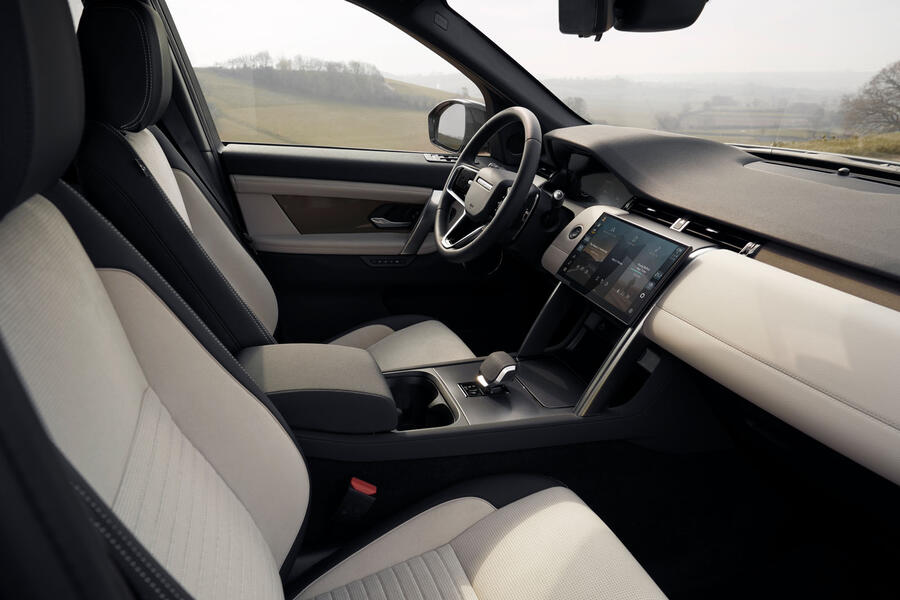
Also introduced as part of the upgrades are a pair of USB-C chargers in the front and middle rows, and cars specified with seven seats get separate climate control functions for the rearmost row.
Mechanically, the powertrain line-up remains largely unchanged, but revised battery chemistry for the P300e plug-in hybrid boosts JLR's claimed 'real-world' electric driving range to 29 miles - enough, it says, to cover 90% of daily driving with the engine off.
The WLTP-certified EV range is slightly up on the pre-facelift car, at 38 miles. DC fast charging is equipped as standard to give the 14.9kWh battery a 0-80% top-up in as little as 30 minutes.
Meanwhile, the four-cylinder P250 petrol and D200 diesel engines are carried over, both with 48V mild-hybrid hardware as standard, but the entry-level P200 and D165 have been phased out.
Prices for the upgraded car, available to order now, start at £44,790. JLR has not said when deliveries will start, but production of the Discovery Sport and its mainstream siblings – the Range Rover Evoque, Jaguar XE, Jaguar XF and Jaguar E-Pace – remains hampered by the ongoing semiconductor supply shortage, which has prompted the company to focus on its more profitable product lines.
JLR bosses say production of these cars will be scaled up when it can get "confidence of supply", but output will be limited for the next few months.

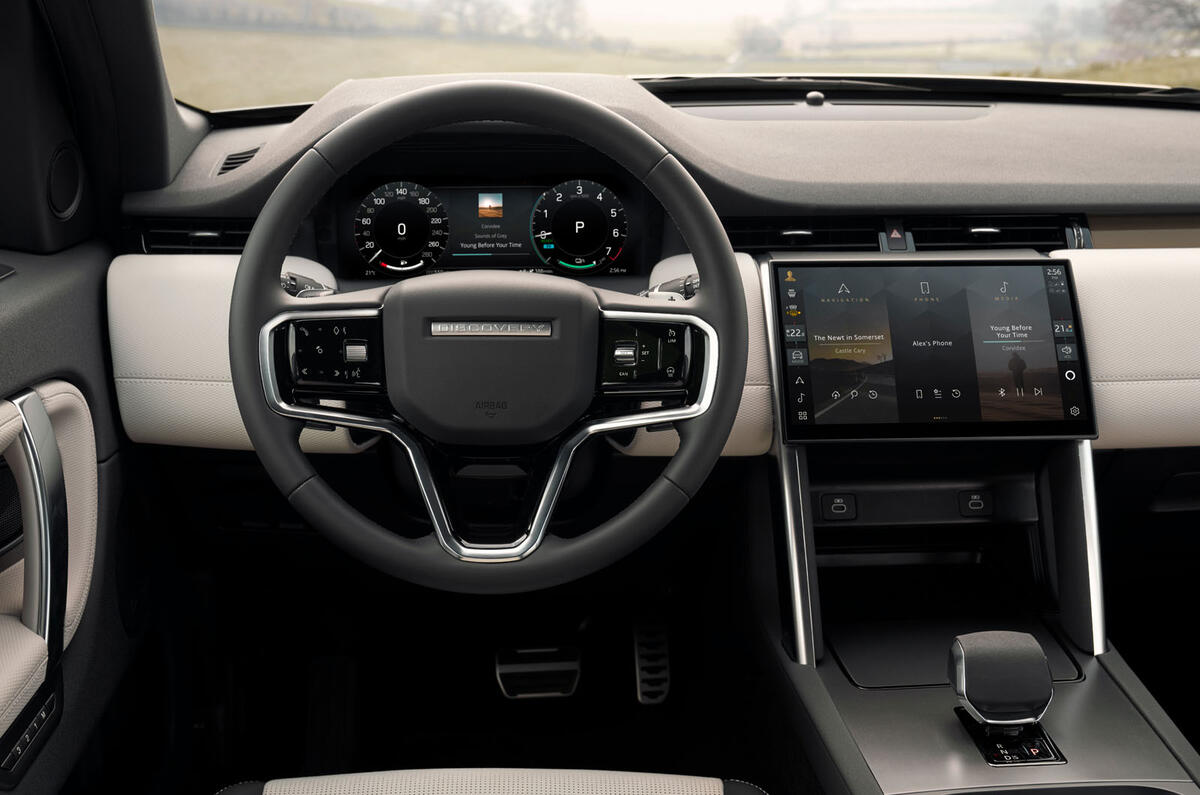
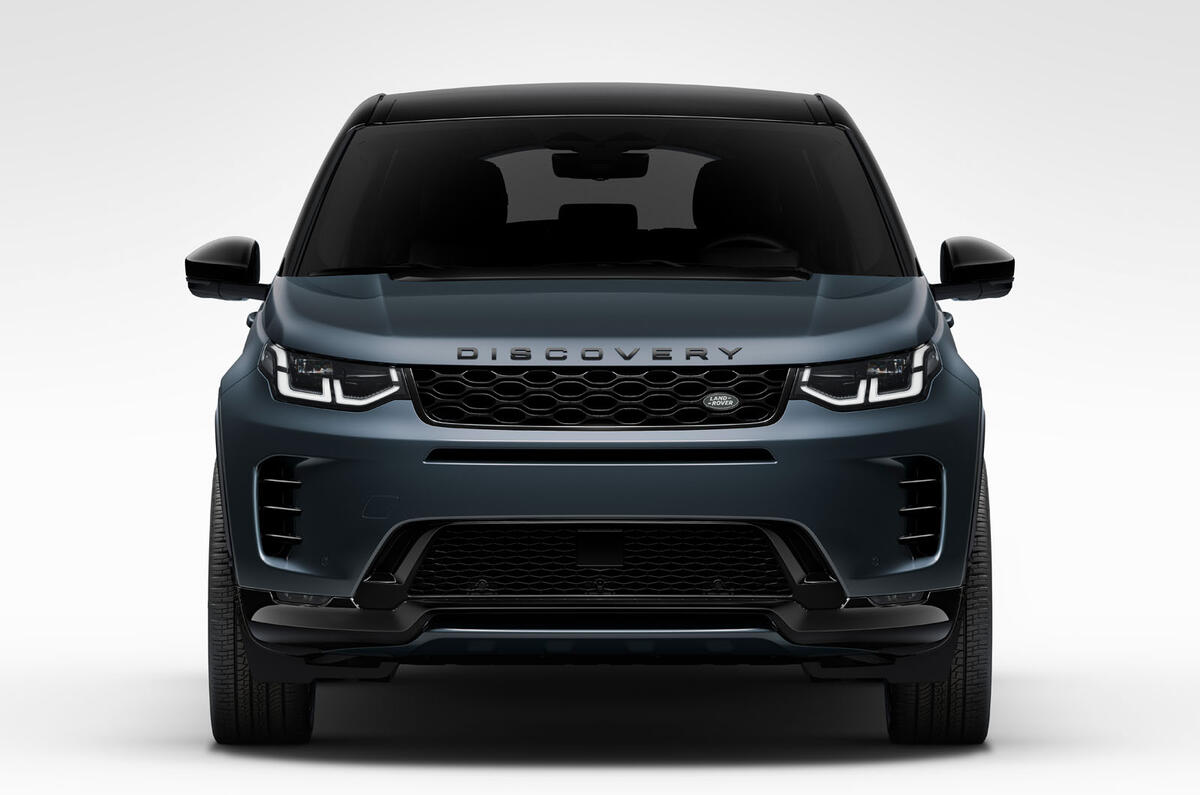
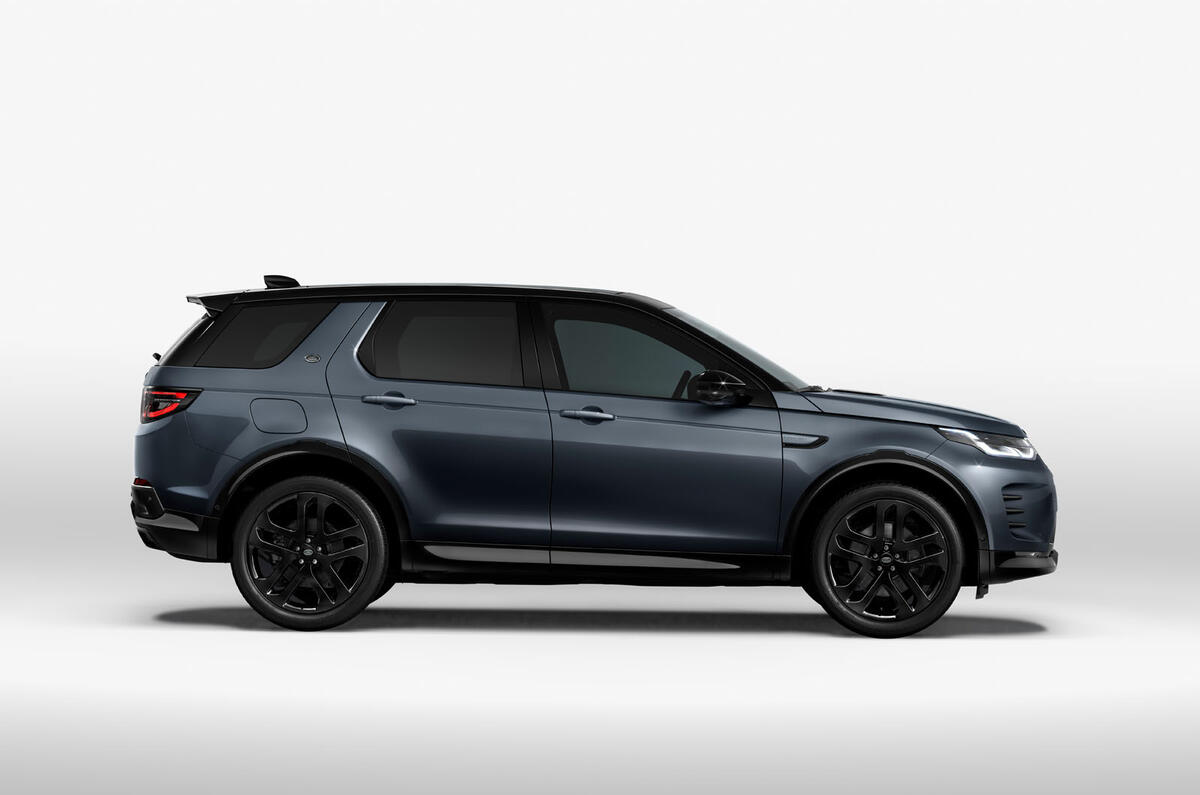
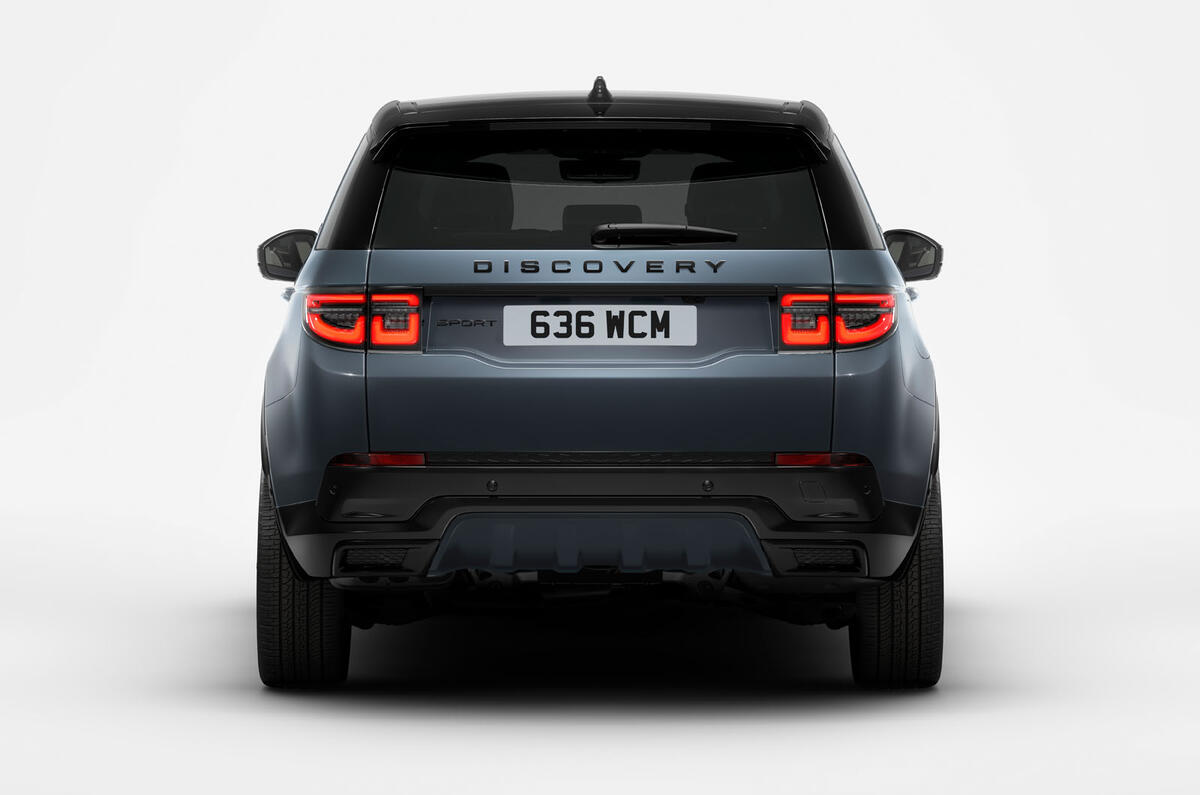
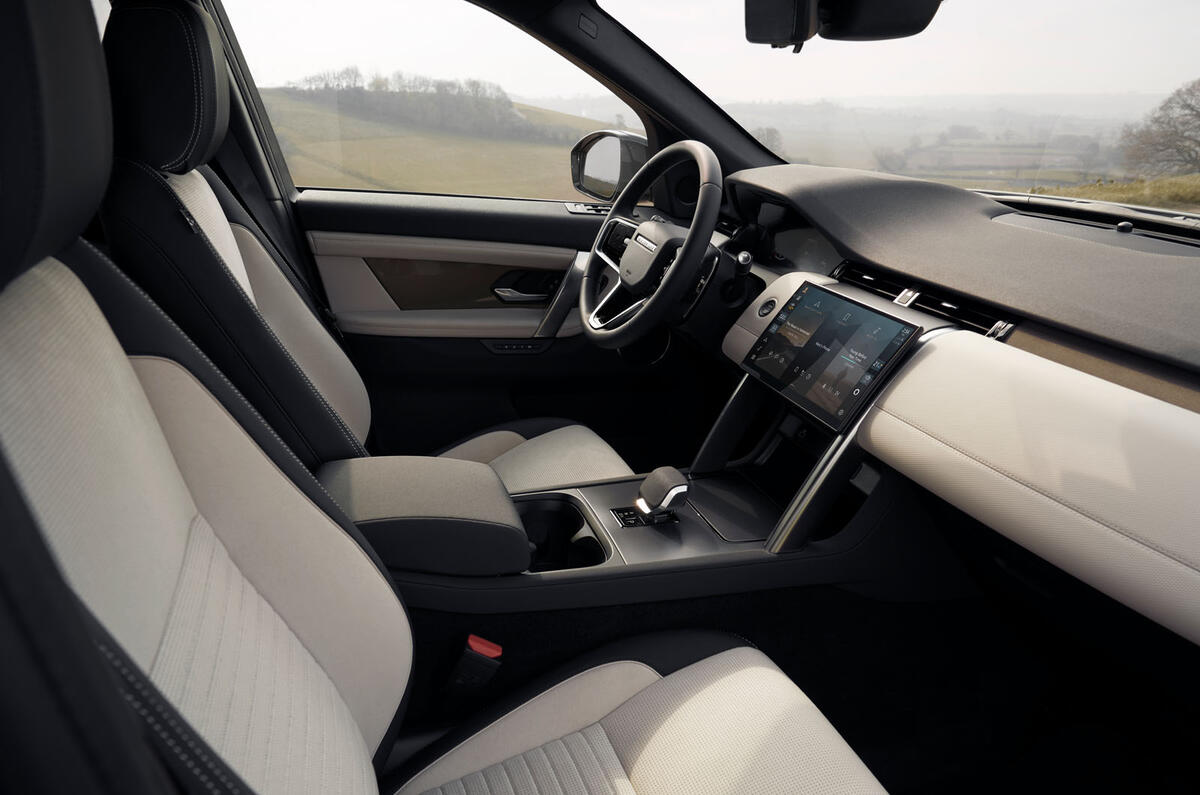
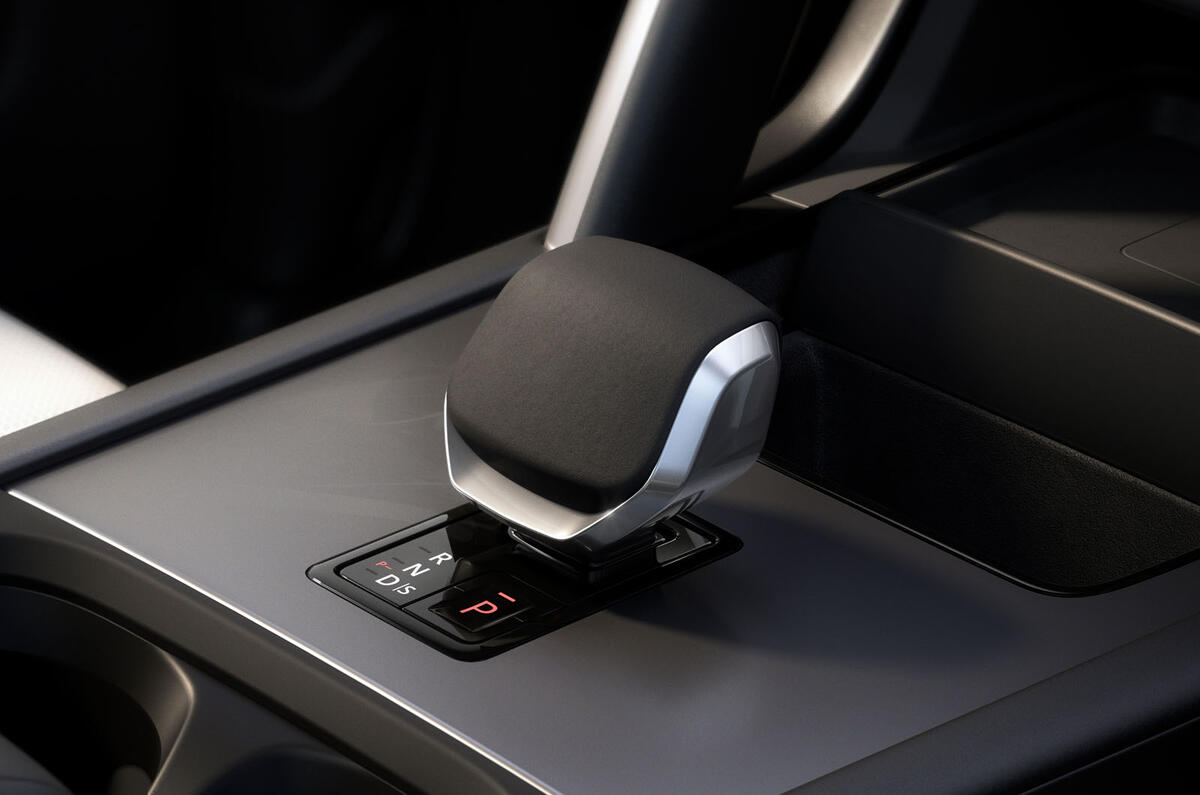
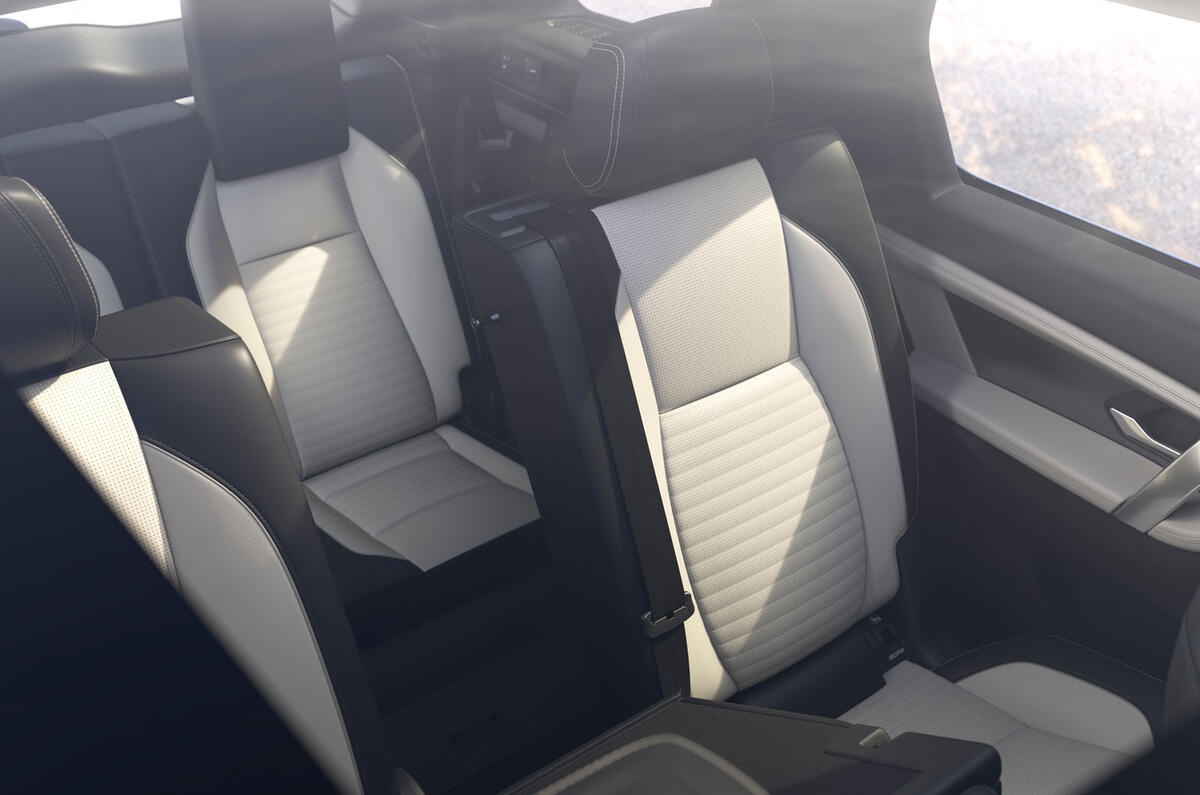
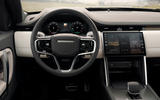
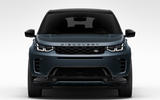

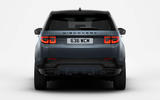
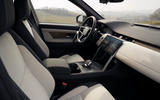
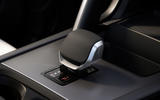
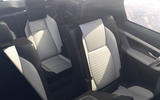






Join the debate
Add your comment
Once more for the hard of hearing - it's MORE DIFFICULT than using physical controls.
On top of that it is MORE DANGEROUS using touchscreen controls.
We know that you know this, and we all know why you persist in doing it. It isn't better for 'us', it is better for YOU to keep production costs down. Yet the price of the product goes up and up.
This is called 'ripping the customer off' or in other words - 'taking the piss.'
Nobody is forcing you to purchase the car so how can it be a rip off? Car manufacturers are in the business off making profits, they are not charities. In any case, on a car that starts from just under £45k ( good luck ever buying one at that price ) I'm not sure if the differences in production costs would matter if passed on to the custoimer. How much can it cost to produce a row of plastic buttons?
Far easier to have a software developer sat at a desk shaving valuable seconds off the line time.
I get the feeling that JLR's facelift light bulb moment to completion times are quite a bit slower than other manufacturers. Everybody else seems to have recognised the fact that humans like buttons and dials whilst driving and are taking steps to roll back, whilst JLR are just at the 'look at this wonderful touchscreen we've made for you, aren't we good' stage.
On a personal basis, this would stop me buying a vehicle if it was touchscreen only.
Now, I'm off to experience some fine dining with some of London's most elegant and wealthy residents, where I will entertain them with stories of my vast experience and knowledge of premium product design. They shall be in awe of me, and rightly so.
Or they'll think you're a dreadful bore once you've picked up the tab. You're probably reading this as you dine which proves my point.
Hehehehehe
Nice.
Well this move will save them money, they've got to pay for their fantastic re-branding and new logos somehow.